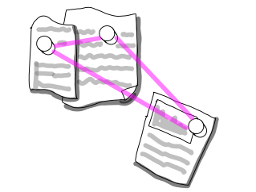Today’s invention is inspired by my friend’s attempts to deal with a phone company -ambitiously enough, via the phone.
She was placed on hold for half an hour by O2 and left listening to dreadful ‘music’ -presumably because they were too stingy to license the use of anything vaguely tuneful.
Ideally, calling a company should immediately put you in touch with an intelligent, helpful human. Whilst this remains beyond lots of companies, today’s invention is a playlist for those on-hold.
Everything else in the arena of phone service is based on a select-a-number process, so why not enable people to choose some music from a numbered list of artists or tunes?
You could even take a ‘feeling lucky’ option to listen to, or scroll through, a number of new, unsigned musicians…thus supporting creative people that the phone industry purports to value.
If you had to make several such calls, the system could remember your favourites and offer them first…or even use the opportunity to recommend something new but similar.











